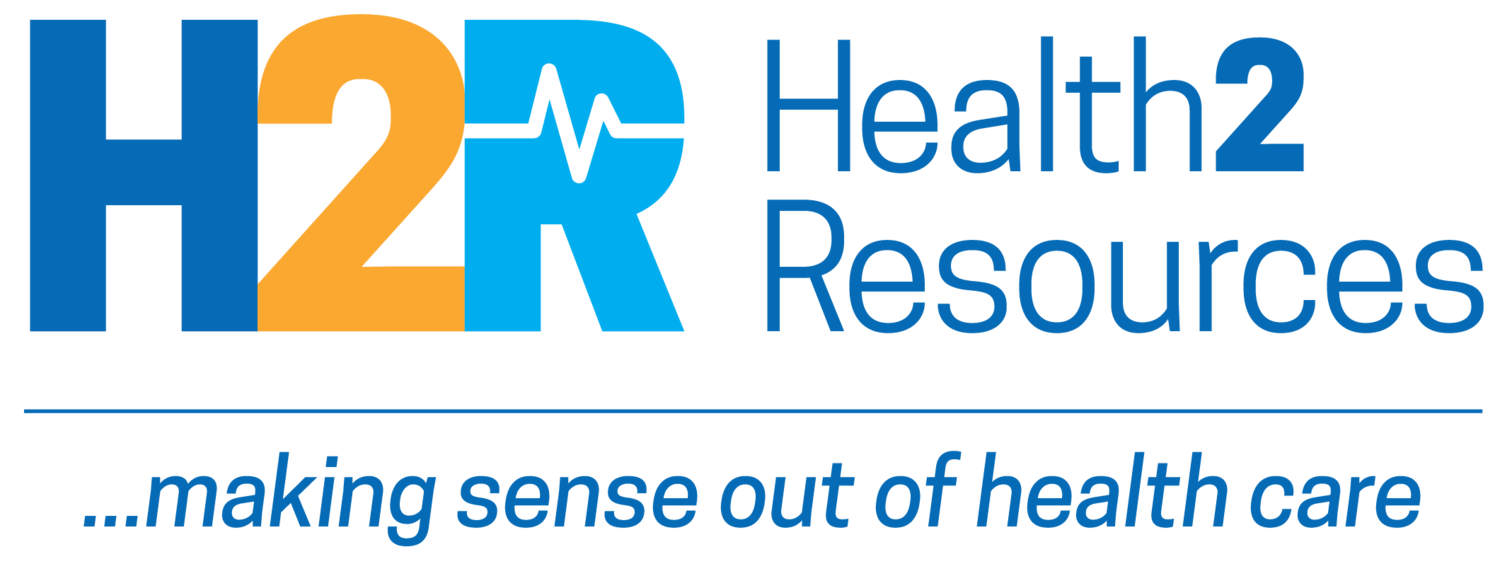February 10, 2022 | Four characteristics of trusted medical organizations
INDUSTRY NEWS
Four characteristics of trusted medical organizations
In some practices, patients express high trust in their clinicians and clinicians trust their organizations. What are they doing differently? A study in Annals of Family Medicine, identifies four cultural variables in trusted organizations: an emphasis on quality; an emphasis on communication and information; clinician cohesion and a values alignment between clinicians and leaders. “Improving organizational culture might thus be useful to establish trust among clinicians and patients with trust in them, with organizational culture accommodating elements of the therapeutic relationship and partnership models of care," they conclude. (American Medical Association; Annals of Family Medicine)
COVID, measles and other vaccines interrelated
COVID vaccine skepticism is fueling a concerning rise in broader anti-vax sentiment, according to many doctors, including Dr. Liam Smeeth, director of the London School of Hygiene and Tropical Medicine “I’m concerned it’s making people think: ‘oh, well, maybe the measles vaccine isn’t great either, and maybe these other vaccines aren’t great,’” he told CNBC. In related news, a study published in Proceedings of the National Academy of Sciences crystallizes decades of evidence suggesting that the generalized immune-boosting properties of many vaccines can cross-protect patients against multiple pathogens, including COVID-19. (CNBC; PNAS; study announcement)
INNOVATION & TRANSFORMATION
Broadband access as a medical benefit
A few insurers are paying patients' internet bills: Including several private Medicare Advantage plans offering lower-cost broadband as a benefit, STAT reports. For example, last year, two Humana plans offered a benefit that paid for members’ data plans up to $1,000/year. “We’re seeing this shift towards [broadband access] becoming a medical benefit,” Sara Ratner, SVP at Icario Health tells STAT. “Is it analogous to, for example, putting a ramp into somebody’s house so they can get into their house and get access? Well, this is a virtual ramp to be able to access telehealth.” (STAT)
CONSUMERS & PROVIDERS
What do PCPs get sued for?
Forty-two percent of primary care providers say they have been named in at least one malpractice suit, according to the Medscape Primary Care Physician Malpractice Report 2021. In contrast, 51% of physicians in all specialties named in a malpractice suit. More PCPs were part of lawsuits that named multiple parties (34%) than suits that named individual practitioners (11%). Failure to make a proper diagnosis (41%) was the most common claim in malpractice suits against PCPs, followed by poor outcome/disease progression (26%). (Medscape; report overview)
The connection between opioids and sepsis
Patients with opioid use disorder account for about 2% of sepsis patients. Roughly 30,000 to 40,000 opioid use disorder patients are hospitalized with sepsis each year. Why? People who inject opioids are at risk of infections that can lead to sepsis, including skin infections, soft tissue infections and blood stream infections. Even people who use oral opioids can develop sepsis because overdoses can lead to pneumonia, and pneumonia is a common cause of sepsis. (HealthLeaders Media)
Getting the runaround when a life is at stake
Bram Sable-Smith, who writes for Kaiser Health News almost didn’t get his insulin prescription filled. The problem: His new insurance refused to cover his ongoing prescription without prior authorization—and then rejected the brand he’d been using. “It feels like a lot of paperwork to confirm something we already know: Without insulin, I will die.” It wasn’t just his time that was wasted: “The time wasted by me, the pharmacists, the nurses and probably some insurance functionaries is astounding and likely both a cause and a symptom of the high cost of medical care.” (KHN)
NEW & NOTED
An activist speaks: Disability activist Alice Wong talks about how the pandemic has highlighted the ways in which the medical establishment—and society at large—treats people with disabilities as expendable.” They’re saying I’m disposable. No matter what I produce, what value I bring, it doesn’t matter, because on paper I have all these comorbidities and I take up resources. This is wrong; it’s not equity, and it’s not justice." (KHN)
Expanding digital mental health: Cigna has expanded its collaboration with online mental health care provider Meru Health. After a three-state pilot, Meru has joined Evernorth's national behavioral health provider network. Evernorth is the health services business of Cigna, Their expanding digital portfolio began with the acquisition of MDLive and now includes virtual-first health plans. (HealthLeaders Media)
Just 10 minutes: Ten minutes of exercise per day could have saved the lives of about 110,000 adults aged 40 to 85 per year, and 20 to 30 minutes a day could have saved even more, a study published in JAMA Internal Medicine found. (JAMA Internal Medicine)
MULTI-MEDIA
What do ED social workers do?
Resident Siobhan Deshauer, MD, recently shadowed two emergency department social workers in a busy hospital. This 11-minute video offers a glimpse of what she saw. (MedPage Today)
MARKETVOICES…QUOTES WORTH READING
“Measles is like a jam jar full of wasps that is raging to get out,” Smeeth warned. “The minute vaccine coverage drops, measles will reappear. So that is a worry, that that [Covid anti-vax sentiment] and that dent in confidence is seeping across into other vaccines. That is a real worry.” —Dr. Liam Smeeth, director of the London School of Hygiene and Tropical Medicine, quoted by CNBC
